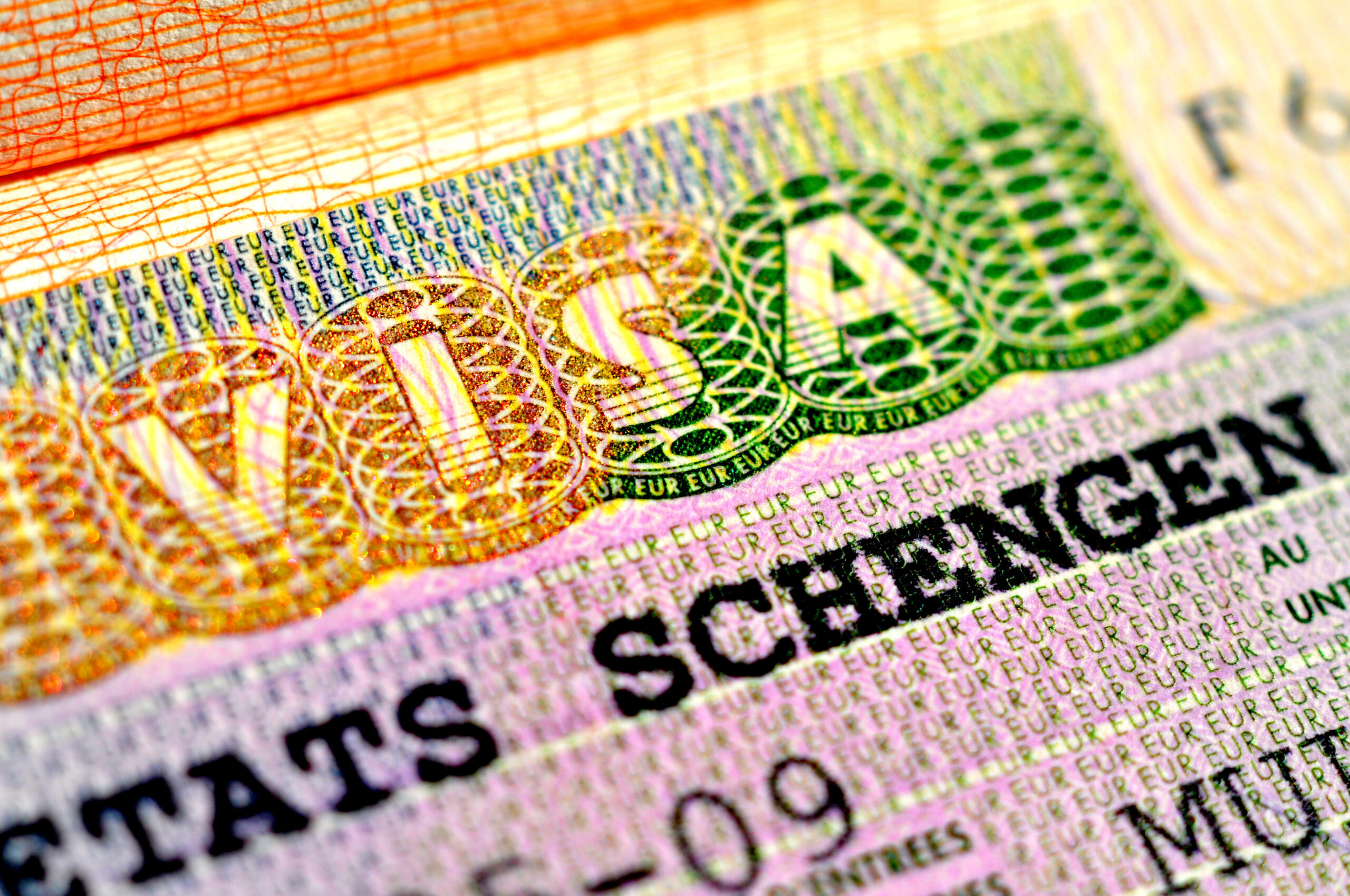
You need a special visa or residence permit to spend significant time in Europe, right?
After all, most Americans who travel know about the 90-day tourist limit.
But what if I told you there’s a completely legal way to live in Europe year round without dealing with complex visa applications or residency requirements?
I discovered this approach back in the fall of 2018 when my family and I lived in France for three months. We moved on to Japan and Australia after that, but I realized that we could have hopped around Europe for longer if we had wanted.
Now in 2025, my wife and I would definitely enjoy hopping around Europe for longer, and this is a strategy that any location-independent business owner can use.
The system is actually structured to let you stay much longer than most people realize. You just need to know how to work it strategically.
Understanding the European Visa Game
The key is the Schengen Zone, the collection of 27 European countries that share a common visa policy. Think of it as Europe’s version of domestic travel between states in the U.S. Once you’re in, you can move between countries as easily as driving between Colorado and California back home.
But here’s where it gets interesting. While the standard tourist allowance gives you 90 days in the Schengen Zone, that limit resets every 180 days. This creates a perfectly legal framework for long-term stays using what savvy travelers call the “Schengen Hop.”
After running my business from various European locations over the years, I’ve learned that this isn’t just about following rules. It’s about designing your ideal lifestyle while maintaining complete legal compliance.
The Strategic Approach to Extended European Living
The concept is brilliantly simple. You spend your allowed 90 days in Schengen countries, then relocate to a non-Schengen European country for the next 90 days. After that, you’re free to return to the Schengen Zone for another 90-day stay.
So, a convenient plan is to hop over to the U.K. after your 90 days in France, given that Britain was never part of the Schengen even pre-Brexit. And don’t forget Ireland, which is part of the European Union but has opted out of Schengen.
But digital entrepreneurs need to think more broadly.
Some of Europe’s most business-friendly and cost-effective locations are outside the Schengen Zone. Countries like Bulgaria, Romania, and Albania offer excellent internet infrastructure, growing digital nomad communities, and significantly lower living costs than their Western European counterparts.
While you’re building your online business from a seaside apartment in Croatia (Schengen), you could plan your next 90-day stint in a historic Bulgarian city (non-Schengen) where your operating costs might be 50% lower. It’s not just about staying legal — it’s about optimizing your business operations while experiencing the best of Europe.
Making the Most of Your European Business Base
The current Schengen Zone includes Austria, Belgium, the Czech Republic, Croatia, Denmark, Estonia, Finland, France, Germany, Greece, Hungary, Iceland, Italy, Latvia, Liechtenstein, Lithuania, Luxembourg, Malta, the Netherlands, Norway, Poland, Portugal, Slovakia, Slovenia, Spain, Sweden, and Switzerland.
When planning your non-Schengen stays, you have several strategic options. Ireland offers a thriving tech scene and English-speaking environment. Romania and Bulgaria provide excellent value and growing startup ecosystems. And as mentioned, the U.K.’s robust business infrastructure can serve as your non-Schengen base.
One important update to note: Beginning in mid-2025, visitors from countries including the United States will need to apply for an electronic travel authorization (ETIAS) before entering the Schengen Zone. While this adds an administrative step, it doesn’t change the fundamental strategy.
Way Better Than Retirement
Let’s face it: Traditional retirement planning often falls short of providing the lifestyle freedom many of us seek. Even wealthy retirees sit around fretting about running out of money.
Not fun.
The beauty of this European living strategy is that it allows you to build and run a business of your own design from some of the world’s most inspiring locations while maintaining perfect legal compliance.
As International Living notes in their analysis, “Hopping in and out of the Schengen Zone for 90-day periods is certainly feasible for a year or so.” Maybe you get tired of the “hop” and move on. Not so terrible.
But here’s what they don’t emphasize enough: For digital entrepreneurs, this isn’t just a travel hack – it’s a business opportunity. Each location you spend real time in reveals new opportunities, a new network of contacts, and a fresh source of inspiration for your ventures.
This approach isn’t just about exploring Europe. It’s a gateway to reimagining what’s possible in terms of lifestyle and business growth.
Whether you’re launching a consulting practice or running an e-commerce operation, the Schengen Hop strategy gives you the flexibility to do it while experiencing the best of European living. Not a bad way to start.
